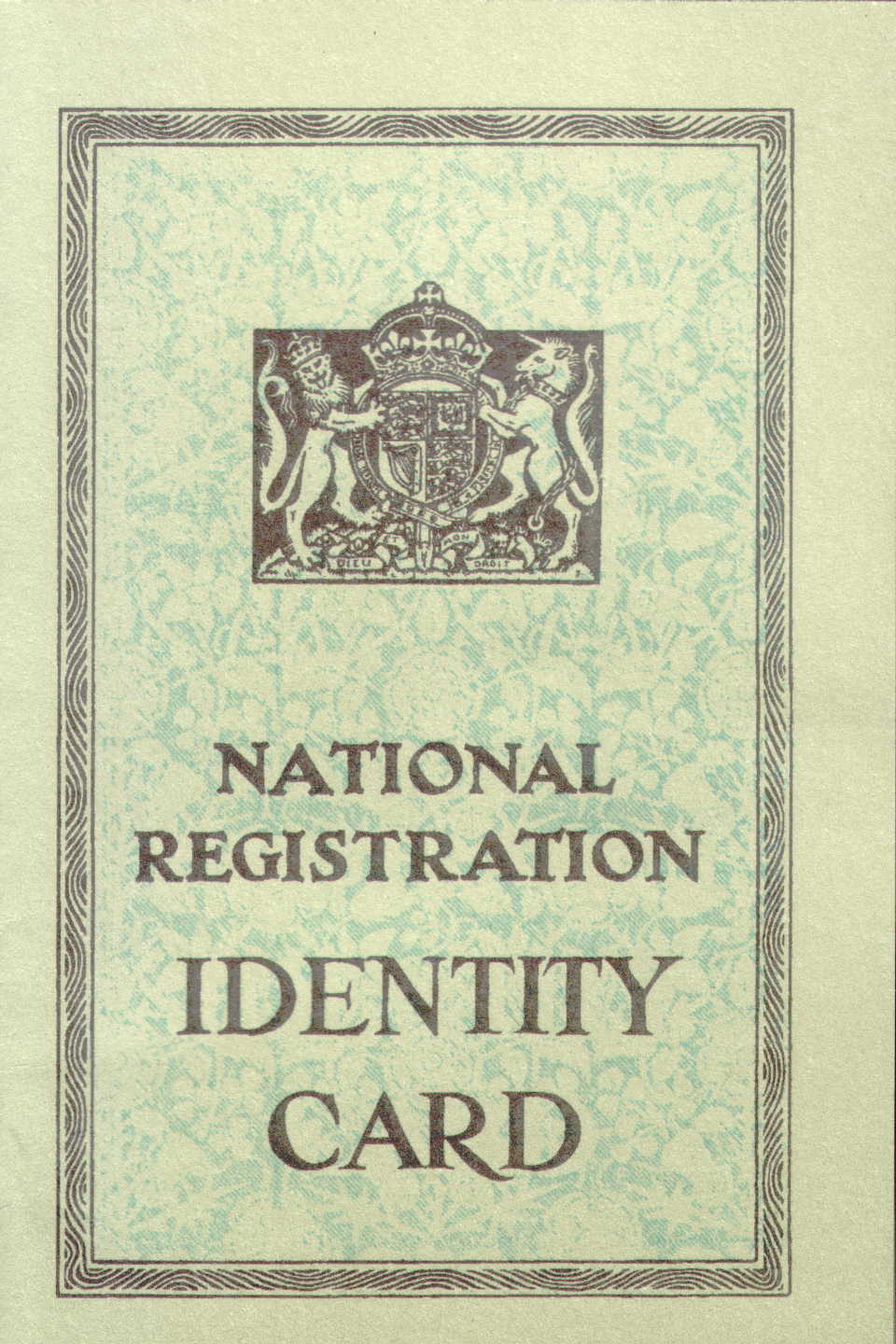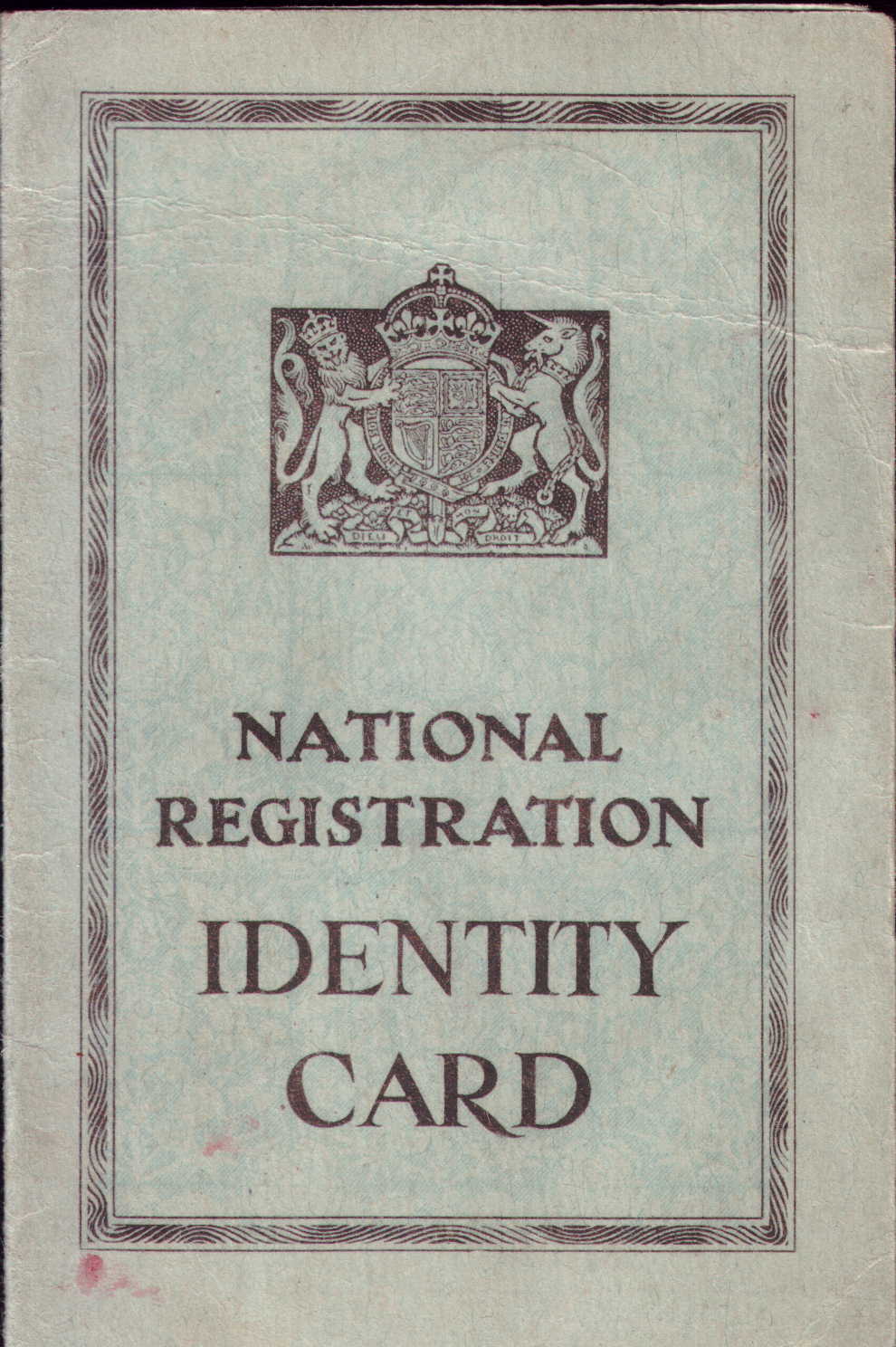| Wartime identity cards, when introduced in 1939, had just three
administrative functions: national service, national security and food
rationing. Within eleven years this had risen to thirty-nine, and
showing your identity card for the most trivial of purposes had become
routine. A few years after the war ended the British public were
becoming fed up with growing intrusion and harassment, with every
jobs-worth official from post office clerks to railway porters, bus
inspectors to bobbies on the beat constantly demanding people’s identity
cards. People began to gather in the streets to burn their cards in
defiance of what had come to symbolise an overbearing and ever more
intrusive state. The identity card scheme began to unravel on June 26th
1951, due to the defiance of one man: Clarence Willcock. Mr Willcock
refused to produce his ID card when stopped by a police officer. Lord
Goddard, Lord Chief Justice, summing up in the resulting appeal court
case said; “To use Acts of Parliament, passed for particular purposes
during war, in times when the war is past - tends to turn law-abiding
subjects into lawbreakers, which is a most undesirable state of
affairs”. As a result Winston Churchill abolished the last compulsory
ID scheme in Britain in 1952 . |

